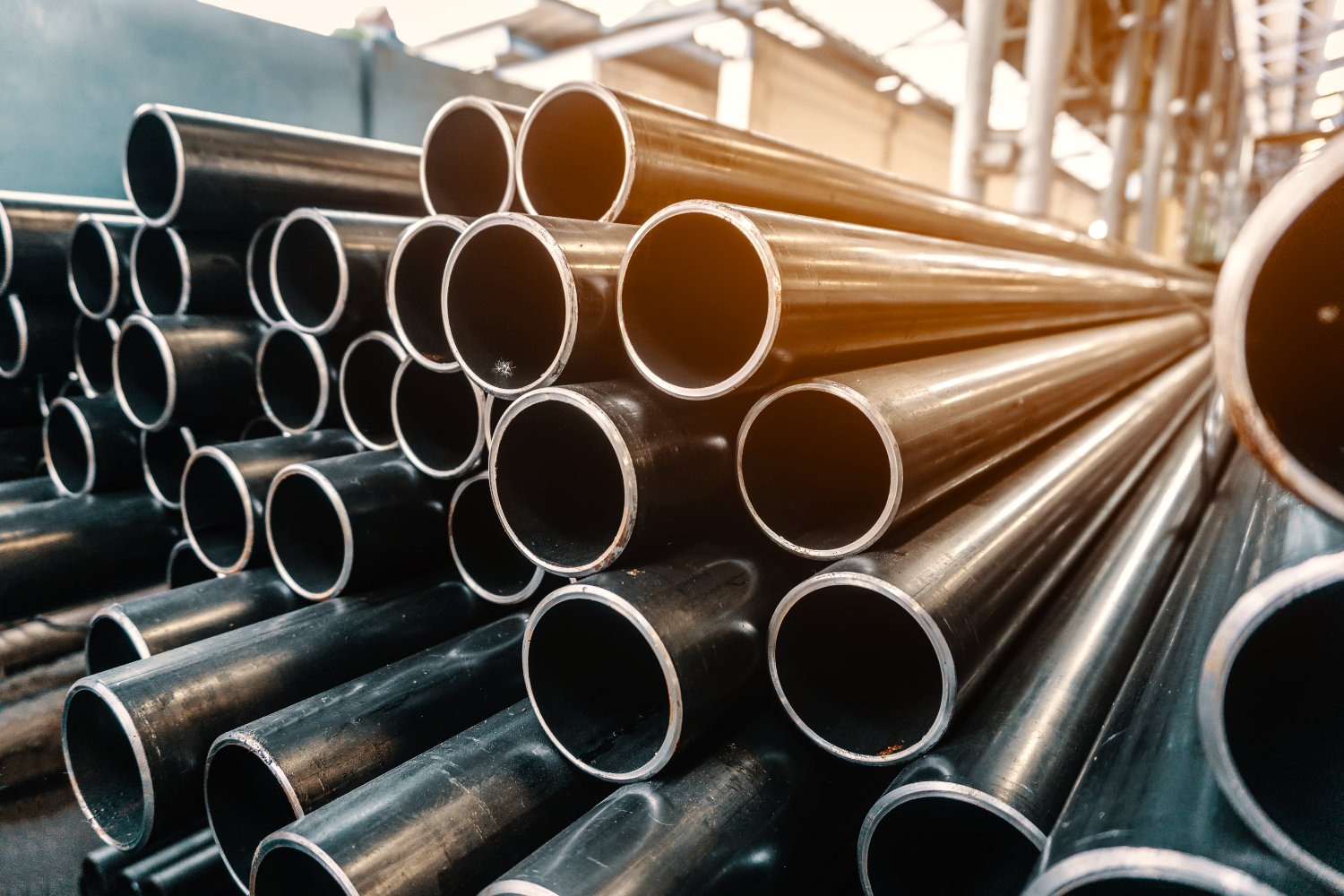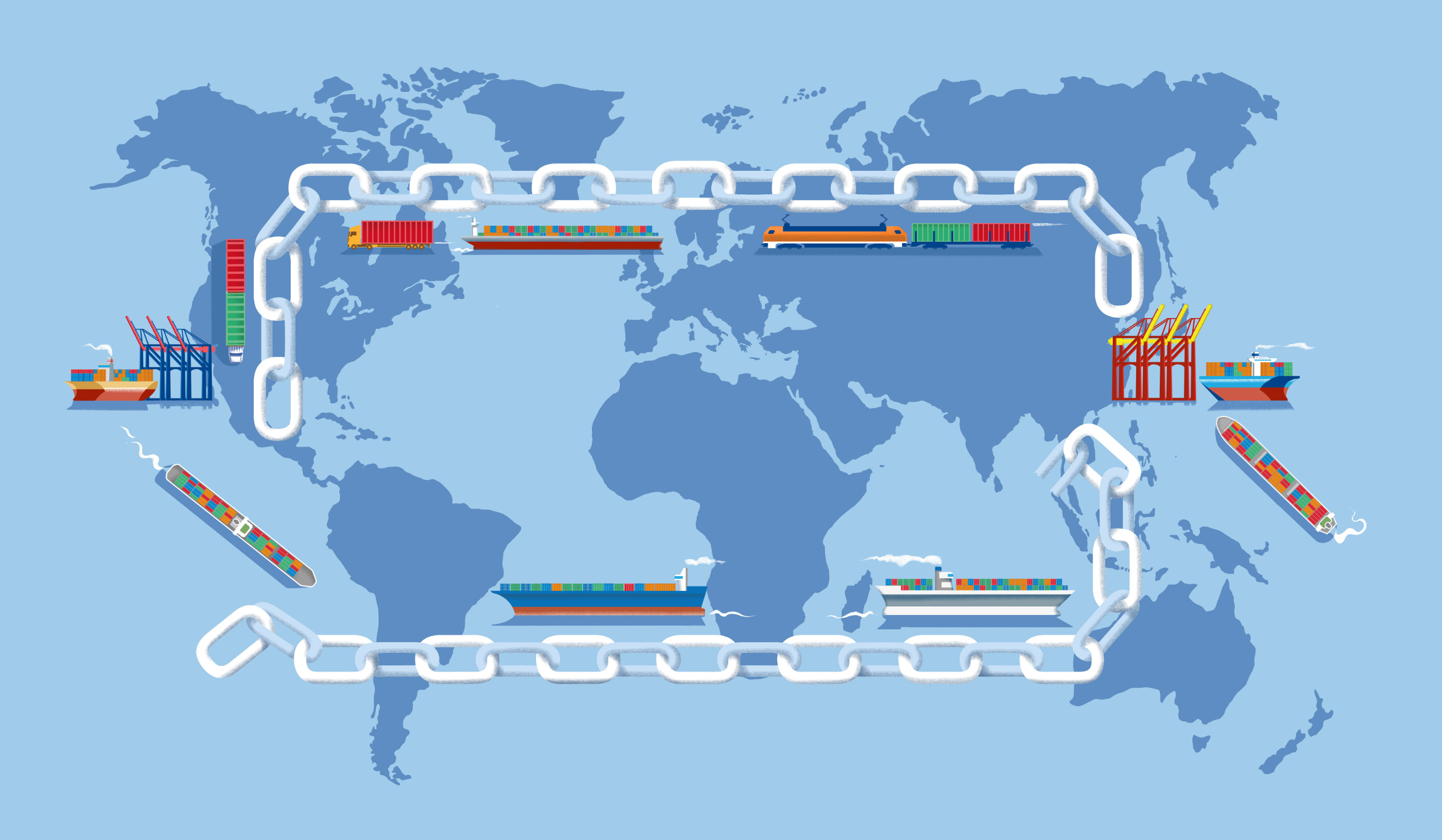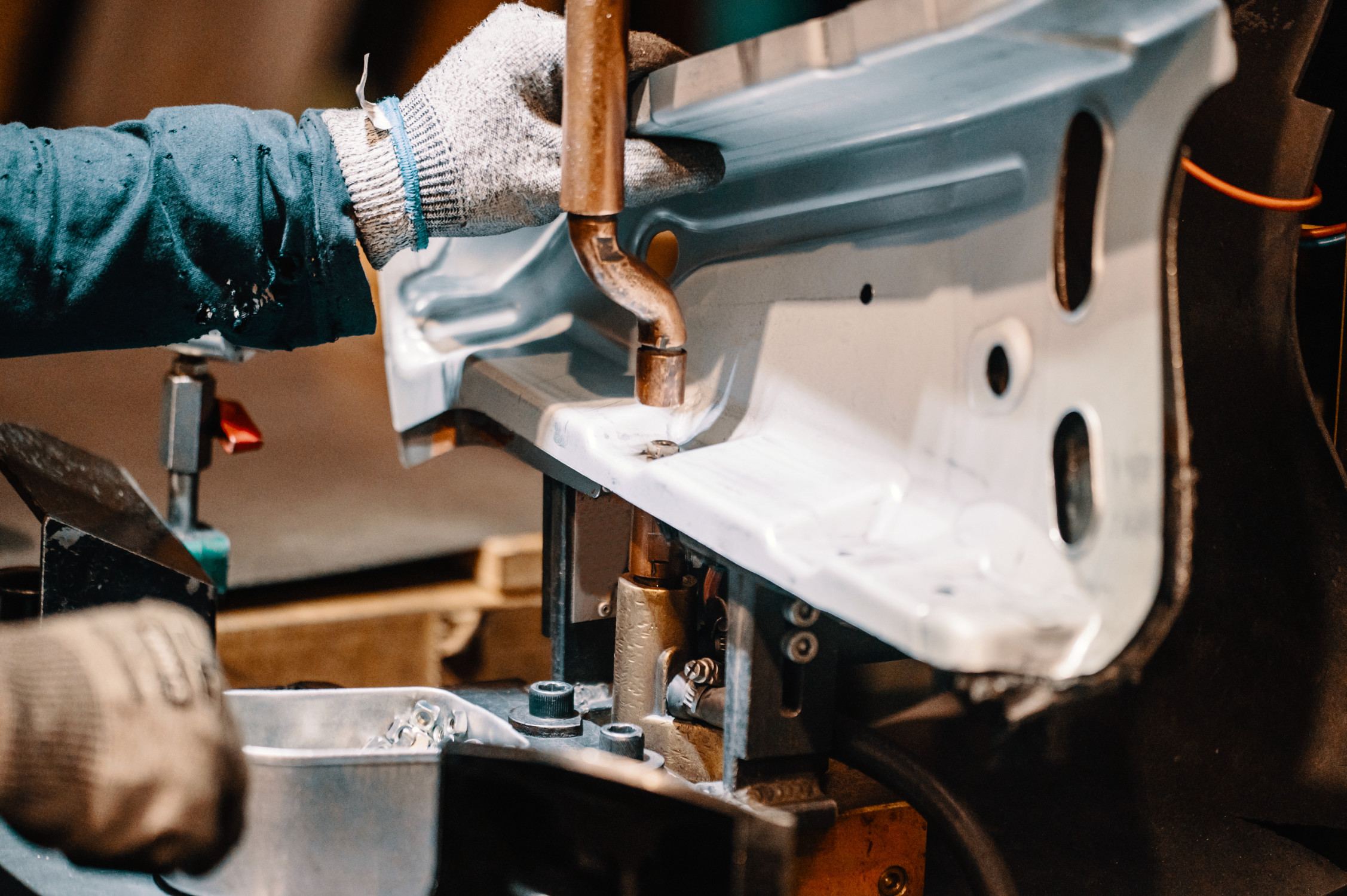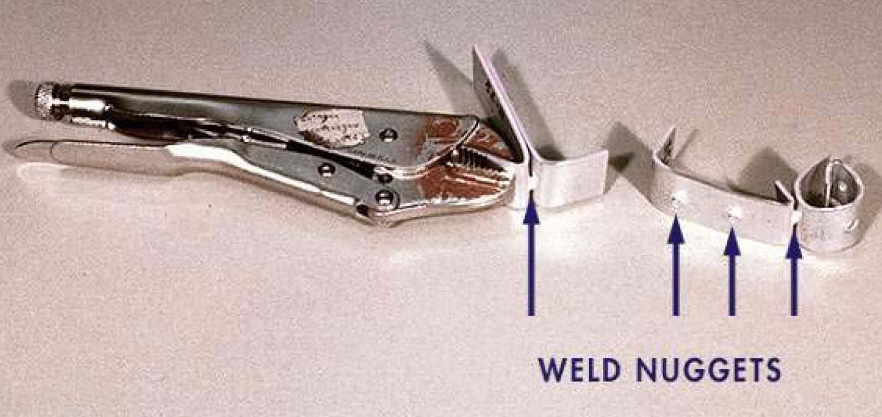- Written by Rick Bruno
- Category: Welding Tips
Galvanized steel can be more difficult to spot weld than uncoated metals, but it’s definitely possible and commonly done. Before we get into the unique considerations of welding this particular metal, here’s a brief refresher on spot welding and galvanization.
- Written by Rick Bruno
- Category: Welding Tips
The resistance welding industry has evolved significantly over the last five years. Factors such as a widened application scope, advancements in technology, and improvements in skill acquisition have all impacted the sector. But all these almost came crumbling down last year at the peak of the COVID-19 pandemic.
- Written by Rick Bruno
- Category: Welding Tips
Welding is a potentially hazardous workplace occupation. Annually, almost half a million welders in the United States are exposed to health and safety risks. From resistance welding and spot welding to flash welding and butt welding, safety measures and health protocols are put into place to ensure the safety of these workers.
However, when these safety protocols are ignored or not followed fully, the risk of accident or injury goes up dramatically. The list of potential dangers is extensive: electrocution, asphyxiation, and fire- and electrical-related risks to name a few. At Tuffaloy, we believe in a safe and productive workplace. So, we have compiled a list of helpful reminders to keep the workplace safe.
Here are the 7 most commonly overlooked safety protocols for welders:
- Written by Rick Bruno
- Category: Welding Tips
Many welding companies focus on getting their welding equipment and consumables at the best possible prices in a quest to reduce the cost of welding. While this is admirable, the focus should be on the big picture, which is getting productivity savings. By reducing costs in welding operations, the company can realize productivity savings year after year, even when the prices of consumables and equipment go up.
Cost-cutting measures in operations that don't compromise output quality are beneficial to a business. There are several factors ranging from consumables use to operational efficiency that can significantly reduce or increase the cost-effectiveness of a welding project.
This article will share the top five ways that we found helpful in significantly reducing costs in welding operations and realizing productivity savings.
- Written by Rick Bruno
- Category: Welding Tips
What is a weld nugget?
In resistance spot welding, “weld nuggets” are areas on the base material that are formed where the two metals are joined. The intense heat and sometimes low force of the welding process usually causes a depression or dimple. There may be some material build-up around the edge of the weld site. Analyzing and measuring nuggets after a weld is essential to keeping equipment operating in peak condition. They are useful in determining if the welding process is experiencing any irregularities and for determining the strength of the weld itself. The process for measuring nuggets is standardized across the industry. This enables manufacturers, suppliers and distributors to all have a clear picture of what’s going on behind the scenes.







